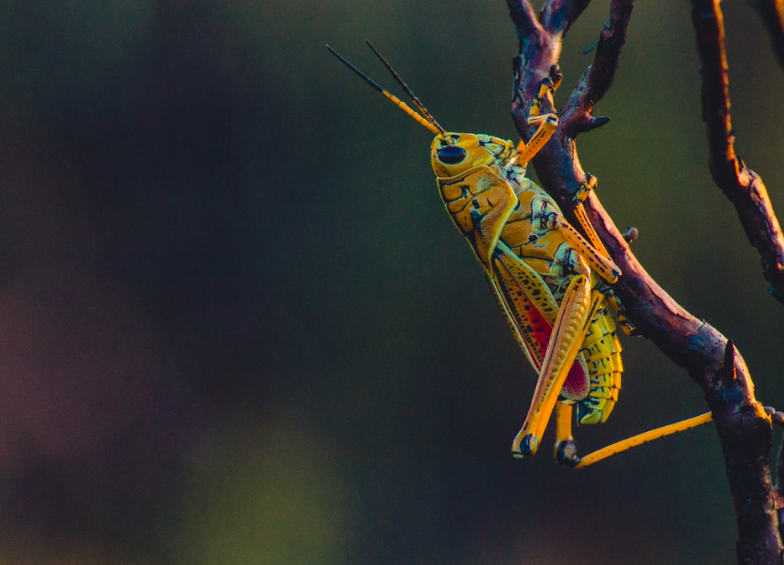Sustainability July 5, 2018
The new buzz.


There are over two thousand species of edible insects. Odds are, you haven’t tried one of them. When most of us think about eating insects, we feel squeamish or even disgusted. Bugs are creepy crawling things with eerie legs. They are not something we eat…or at least not something we are used to eating. However, it may be time we start considering the insect diet.
Many people from countries around the world consume insects as part of their daily diets. Insects are readily available at street vendors and some are even turned into crunchy desserts. The United States, however, has not yet caught on to this trend. While we are slowly integrating insects into our cuisine, we are a long way from altering the average American’s outlook toward eating bugs. But the insect diet is highly beneficial. Here are some of the benefits of eating bugs.
In regards to sustainability, insects are a better alternative than livestock. According to the UN, “The worldwide livestock industry accounts for over 14.5 percent of global greenhouse gas emissions. By comparison, cricket production is 20 times more efficient as a protein source than cattle, and it produces 80 times less methane.” Insects have a drastically smaller environmental footprint than livestock.
Insects can feed off of organic waste, which limits farmers’ need for excessive amounts of grain. They also consume far less feed than cattle. Agricultural expansion is causing many environmental problems today, including the deforestation of the Amazon and the loss of biodiversity. Since insects take up far less space, the agricultural business could decrease the amount of land needed for insect growth.
Insects have a high nutritional value. Most edible insects are an excellent source of protein, iron and calcium. Compared to beef, one of the most commonly consumed meats in our country, insects prove to be more nutritious and less caloric.
As mentioned in Medical News Today, “100 grams of cricket contains around 121 calories, 12.9 grams of protein, 5.5 grams of fat, and 5.1 grams of carbohydrates. While 100 grams of ground beef contains more protein, around 23.5 grams, it is also much higher in fat, containing around 21.2 grams.”
Because of their widespread accessibility, insects are readily available to people around the world. A staggering amount of developing countries struggle with malnutrition.
Insects have a rapid growth rate, are highly nutritional and are relatively easy to produce. This makes them a great alternative to meat in developing countries. They are a valid food alternative, especially in places suffering from famine or food shortages.
Countries such as Thailand, India, South Africa and Kenya are known for their cricket consumption, yet most of the world cannot relate. A large portion of The United States’ population feels disgusted with the thought of eating an insect. In contrast, Mexico serves candy covered worms and chocolate-covered locusts, while Brazil is known for its fried ants.
The U.S. is slowly integrating insects into select food choices. Grasshopper tacos and silkworm soup can be found in San Francisco, but these menu choices are more of an exciting cuisine experience than an everyday food staple. Once we are able to shift this mentality, the insect diet will gain acceptance and popularity among our American diets. One day bugs might even be the new burgers!